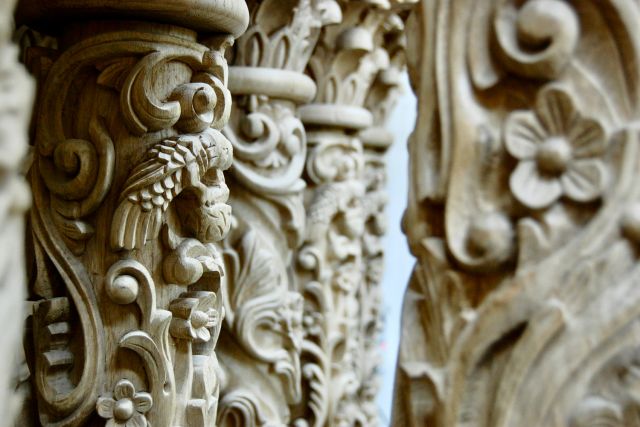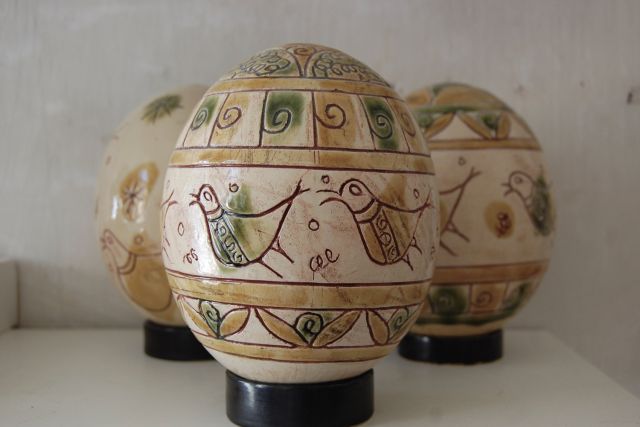This brown stoneware sculpture was turned on the wheel. While working with the wheel Elysia has to develop a strong connection with the forces in play to create fine and elegant art pieces. She has to find the right balance between her body strength and pressure and both the centrifugal force of the wheel and the gravity force of the object.
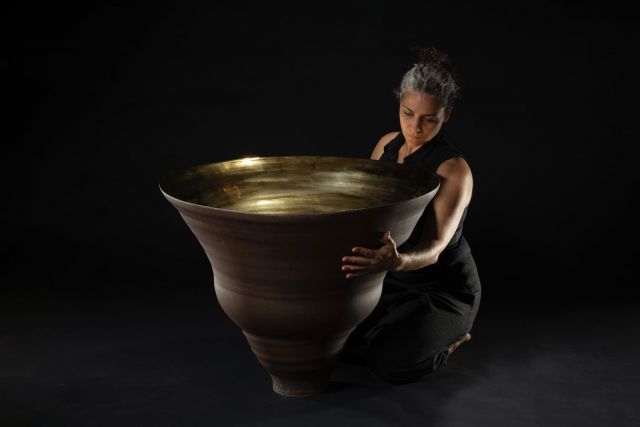
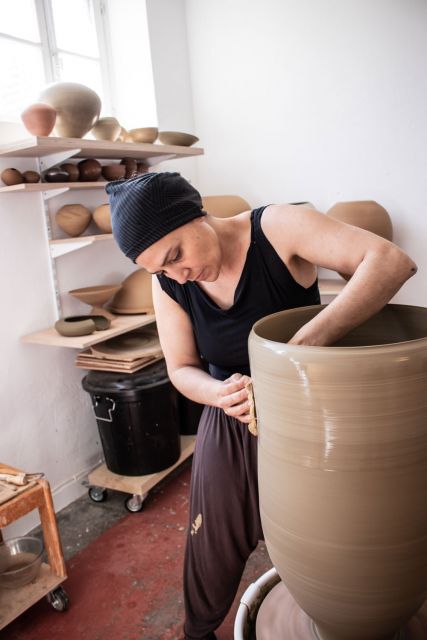
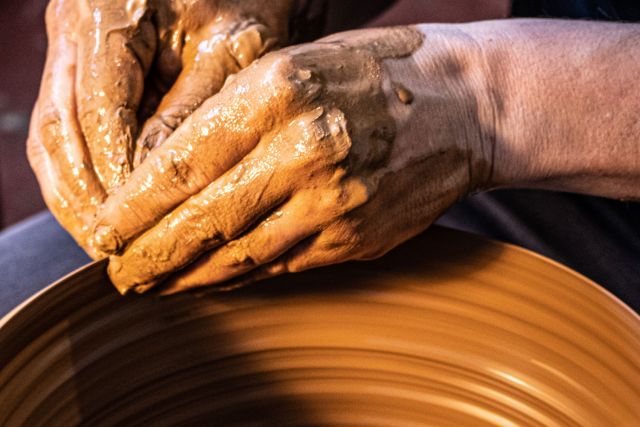
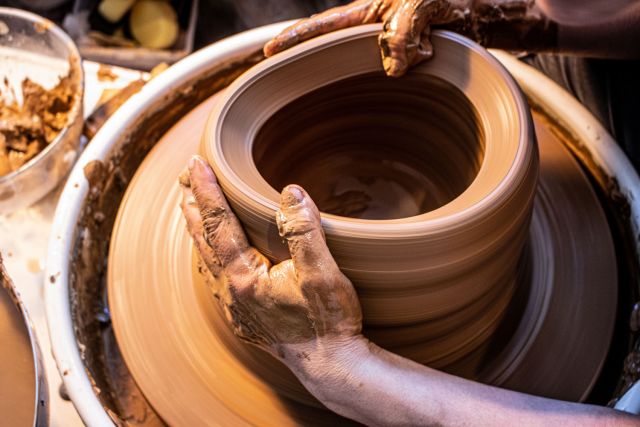
Elysia Athanatos
- Ceramicist
- Nicosia, Cyprus
- Master Artisan
- Recommended by Michael Anastassiades
By appointment only
357 99096046
Working with the elements
- • Elysia studied ceramics in China
- • She has exhibited extensively in Cyprus and Italy
- • Her unique vessels communicate her feelings
Elysia Athanatos studied Art and Sculpture in the United Kingdom and Italy, and then travelled all the way to China to explore and master porcelain, a material that combines the qualities of clay and glass. After China, she did a specialised course in Faenza ceramics and an artist residency in Denmark, where she explored wood firing. Elysia's recent work focuses on the relationship between the inside and the outside, ‘the void’, an empty space that gets filled with light while applying gold in the inside, producing a complete piece of art. For Elysia, clay, vessel and ceramics are terms that carry the weight of the past and its memory. She respects their history but does not feel confined by it. Her life and work are all about transmitting various sensations.
Read the full interviewWorks
Photo: ©Elysia Athanatos

Photo: ©Elysia Athanatos
This white ceramic vase was turned on the wheel. While working with the wheel Elysia has to develop a strong connection with the forces in play to create fine and elegant art pieces. She has to find the right balance between her body strength and pressure and both the centrifugal force of the wheel and the gravity force of the object.

Photo: ©Elysia Athanatos
This white ceramic vase was turned on the wheel. While working with the wheel Elysia has to develop a strong connection with the forces in play to create fine and elegant art pieces. She has to find the right balance between her body strength and pressure and both the centrifugal force of the wheel and the gravity force of the object.

Photo: ©Elysia Athanatos
This large ceramic sculpture was wheel turned and is entirely glazed with gold. “Alchemic mastery” was the name given to “lustre” in the Middle Ages, and to endow a matt, humble material like clay with a golden appearance, was the ultimate goal of majolica decorators, and a practice worthy of alchemy. The origins of the technique behind the process of chemical reduction involved in producing the lustre effect on already fired pieces of ceramic, goes back to the Arabs.

Photo: ©Elysia Athanatos
This large vase was wheel turned. While its utter colour is a deep matt black, on the inside it is entirely glazed with gold. Creating a lustre effect on previously fired pieces of ceramic involve a complicated process of chemical reduction and require excellent craft skills.






